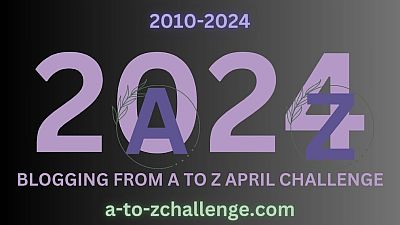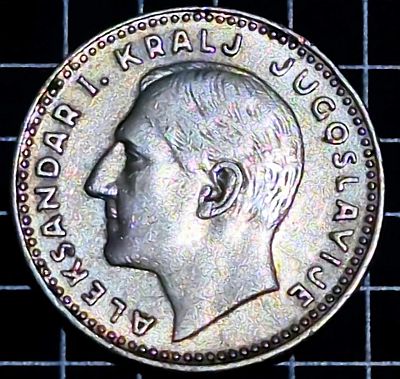A coin with an eagle from a tumultuous time for Serbs, Croats and Slovenes.
This is my entry for Day 25 “Y” of the Blogging from A-Z April Challenge!
Y = Yugoslavia.

Yugoslavia
Prior to WWI, the Austro-Hungarian Empire not only covered what is today Austria and Hungary. It also covered all or parts of what became Czechoslovakia, Poland, Ukraine, Yugoslavia, Romania and Italy. Like the Ottoman Empire, the Austro-Hungarian empire ended up being dissolved after WWI.
On 1 December 1918, in Belgrade, Serbian Prince Regent Aleksandar Karadjordjevic proclaimed the Kingdom of the Serbs, Croats, and Slovenes, under King Peter I of Serbia.
The new kingdom was made up of the formerly independent kingdoms of Serbia and Montenegro (Montenegro having been absorbed into Serbia the previous month), and of a substantial amount of territory that was formerly part of Austria–Hungary, the State of Slovenes, Croats and Serbs.

Map of Yugoslavia as it changed through the years. Larger version and full details at Mondediplo.com.
The Kingdom of the Serbs, Croats, and Slovenes bordered Italy and Austria to the northwest, Hungary and Romania to the north, Bulgaria to the east, Greece and Albania to the south, and the Adriatic Sea to the west. Almost immediately, it ran into disputes with most of its neighbours.
Throughout the 1920s the kingdom was not entirely stable, ranging from political fighting and whole parties withdrawing from parliament, to shootings on the floor of parliament itself.
In 1929, King Aleksandar abolished the constitution, introduced a personal dictatorship, and renamed the country “Kingdom of Yugoslavia”. Many opposition supporters were either exiled or arrested.
Obverse

The obverse of the coin features King Aleksandar facing left, with his title (which translates to “Aleksandar I. King of Yugoslavia”.
There was an earlier gold 10 Dinara coin issued in 1925 which I can’t find many references for. Those references I found list it as rare, possibly a pattern coin.
This 10 Dinara coin issued in 1931 was .500 silver and is the first regular circulation coin of that value issued by the country. By 1938 the coin was base metal (Nickel). The last silver Yugoslavian coin issued for circulation was the 1938 50 Dinara. The last gold coin was a “Ducat” (listed as being worth 12.5 Dinara), which seems odd when there were higher value silver coins at the time? The Ducat was issued up to 1934. There were non-circulating commemorative coins in both gold and silver issued up until the end of the 20th century.
Reverse

The reverse features the year and value, with the main design being a crowned, double-headed eagle. As noted on other coins, such as this Russian Denga, the double-headed eagle is an ancient symbol. Taken from Byzantium, it is interpreted that one of its heads represents the direction towards heavenly kingdom, while the other is turned towards earthly kingdom.
The shield on the chest shows the coat-of-arms of Serbia (top-left) and the chequered coat-of-arms of Croatia (top-right). The lower part is an “Azure a crescent argent three mullets“, which was taken as a more general emblem for the Slovenian part of the “South-Slavic” nation. The eagle is crowned with a single Byzantine-style crown.
We’ve shared a few coins with eagles on them – they are certainly a popular choice, and indeed a design I really like too. What is your favourite eagle coin?


Leave a Reply